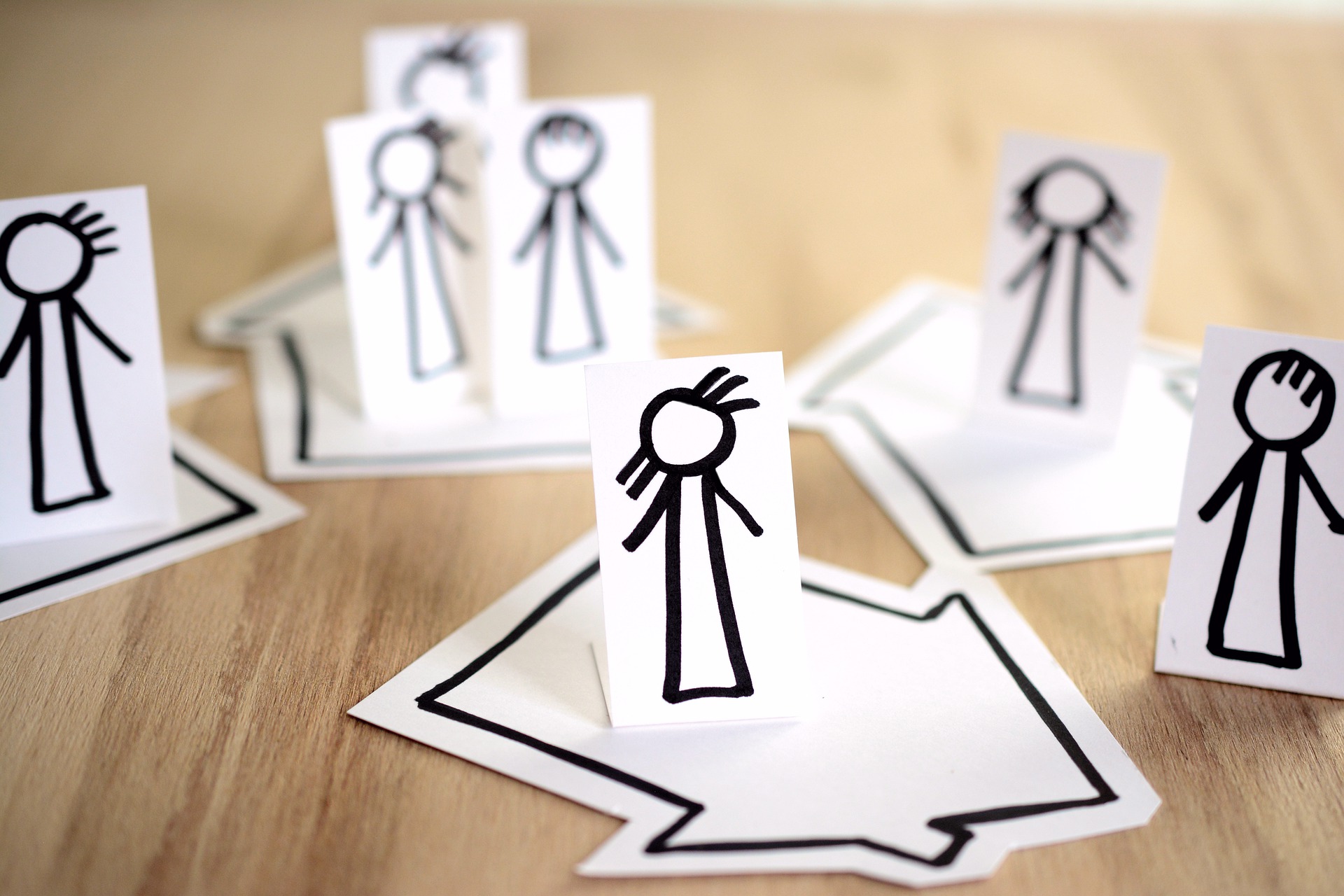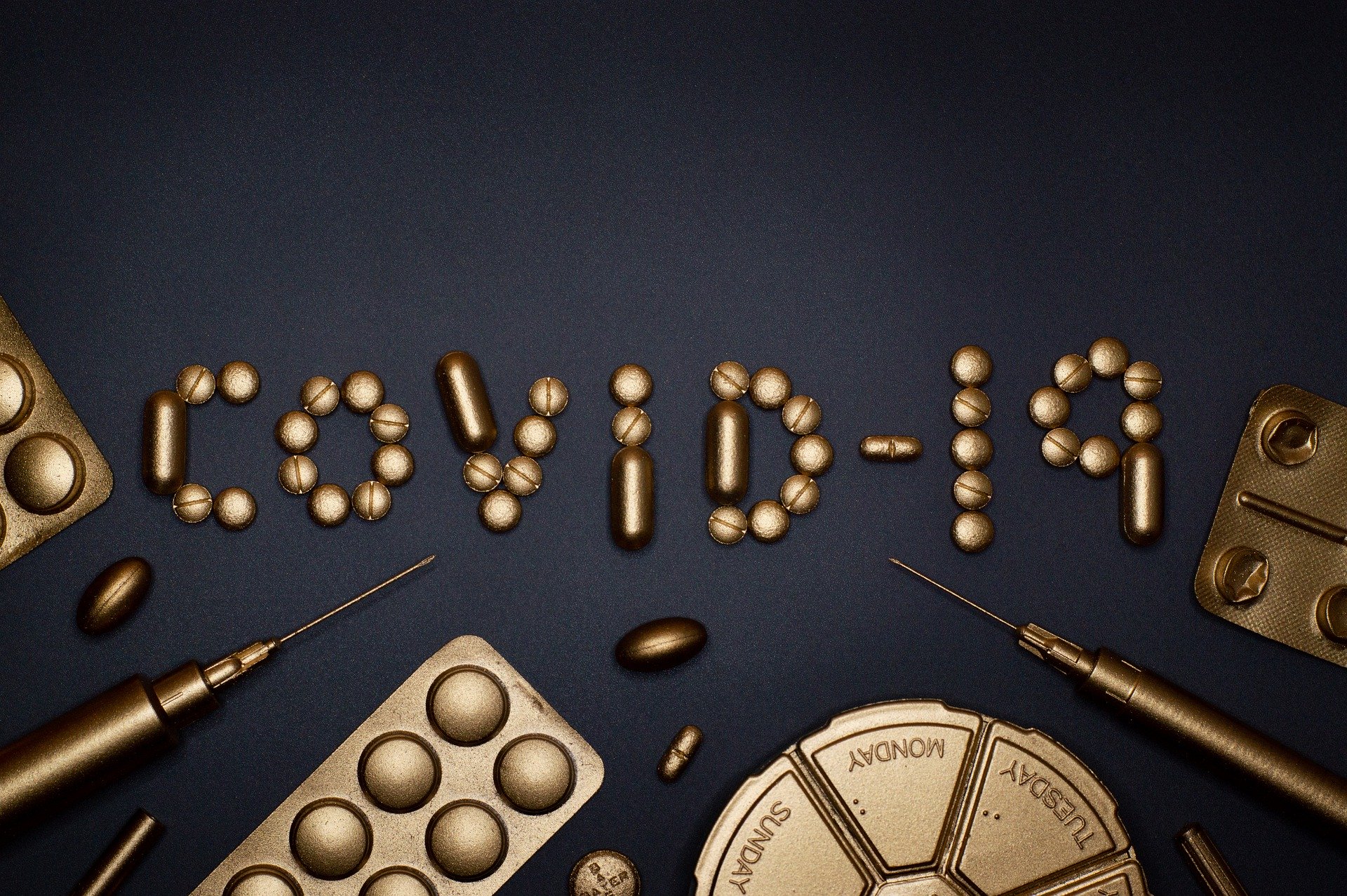
First, I’d like to send all of you a giant virtual hug. We’re in this crisis together, and I can’t think of anyone I’d rather do this with than all of you.
We’ve made it through our first full week of “shelter in place” here in San Francisco Bay Area. More than that, our shelter in place order may have helped lead Governor Newsom to issue a similar statewide order. These sweeping orders were designed to curb the rapid spread of the coronavirus (SARS-CoV-2) by forcing community-wide social distancing through April 7; however, our sources and recent comments by the Governor indicate that shelter in place is likely to be extended through most or all of April.
The California order is not as detailed as some individual County orders—for example, the order doesn’t mention walking, running, or exercise outdoors as “essential activity”. By maintaining at least 6 feet of distance between ourselves and others, we are permitted to visit the grocery store, the pharmacy, and exercise outside (with up to one other). For those at higher risk, if you have the wherewithal (and we recognize this isn’t an option for all), minimizing social contacts by shopping less and buying more or using grocery delivery services may be sensible.
Now and in the coming weeks, each of us has a critical role to play in slowing the spread of this virus: We need to physically distance and isolate ourselves. Specifically, we all need to say NO to playdates, visits, gatherings, or any other activity with anyone outside of our immediate family. The sum of all of our individual actions to maintain this physical distance (and continuing to practice excellent hygiene, like hand washing) can and is slowing the rate of infection. This will help prevent hospitals from becoming overwhelmed with patients as this pandemic continues to sweep over the country. Averting one case of COVID-19 now is exponentially more effective than averting one case seven days from now.
As a whole, children still appear to be the least at-risk group, according to this recent study from China, and they have the lowest mortality rate. But they are still at risk: “Children are infected at rates that may be comparable to adults, with severity that’s much less, but that even within the kids, there’s a spectrum of illness and there’s a handful that require more aggressive therapy.”

How many people have COVID-19 today and does population density make a difference?
The numbers in the United States are increasing rapidly with New York now being the epicenter in the States. Most infectious disease experts believe (as do I) that the actual number of confirmed cases is severely understated due to the continued lack of widespread testing. It may be that social distancing in California, which started about a week sooner than New York, will turn out to be more effective than New York City, which has the greatest population density in the US (of cities 50,000 and >), with confirmed cases in NYC growing much faster than in the Bay Area and California (as of 3-24).
Has the understanding about COVID-19 transmission changed?
Our understanding remains basically the same. The virus is spread mainly from one person to another, most likely through droplets of saliva or mucus carried in the air for up to six feet or so when an infected person coughs or sneezes. Viral particles may be breathed in, land on surfaces that people touch, or be transferred when shaking hands or sharing a drink with someone who has the virus. It’s also possible forpeople to transmit the virus though they are not exhibiting symptoms. It’s vitally important to wash your hands thoroughly and avoid touching your face—especially eyes, nose, and mouth—unless your hands are clean. If your hands are not visibly dirty or greasy, using hand sanitizer that’s at least 60% alcohol can also help to keep your hands clean and help stop the spread of germs. Social distancing remains critical. Please don’t let your guard down.
Can the things we touch or buy at the grocery store or take-out meals transmit the virus?
According to a new study from National Institutes of Health, CDC, UCLA, and Princeton University scientists in the New England Journal of Medicine, the virus was detectable when distributed via aerosols for up to three hours (which is unusual), up to four hours on copper, up to 24 hours on cardboard and up to two to three days on plastic and stainless steel. I keep reminding myself that SARS-CoV-2 does not have wings! These findings have not yet been reviewed by other scientists, and it’s important to remember that the length of time the virus can remain viable on a surface depends not only on the surface, but also on a variety of other factors including the ambient temperature, humidity, and whether it’s in direct sunlight. In general, viral loads break down faster in higher temperatures with lower humidity and on organic surfaces like cardboard. Higher humidity, moderate temperatures, low wind, and solid surfaces all help coronavirus survive. In short, one of your best defenses against surface transmission is to wash your hands!
As for food, from everything we know so far, food does not appear to be a vector for transmission of the virus. That said, whether it’s a takeout container or packaged food from the grocery store, “a good rule of thumb is to treat anything that comes into your home from outside, whether food, mail, or other people, as potentially contaminated and act accordingly. Wash your hands after bringing it home, transfer to clean containers and/or sanitize packaging when possible, and wash your hands before, during, and after cooking.”
What about testing and treatment for COVID-19 including fevers and respiratory distress?
Widespread testing is necessary, but we don’t have nearly enough tests. If you suspect you have COVID-19, contact your doctor and tell them the symptoms you are experiencing. They will guide you in what steps to take next. Whether or not you’ll qualify to be tested for COVID-19 will depend on a variety of factors, including your age, known exposure to the disease, and underlying health conditions. On the other hand, if you or a family member is experiencing severe respiratory distress (e.g., you can barely breathe) call your doctor immediately to determine if you should be hospitalized.
Usually, fevers are not particularly harmful in infants and children. Fevers are part of the body’s effort to activate the immune system; they are one of the body’s innate protective mechanisms. In children, for example, most fevers are good because fevers help them to fight infection. Typically, fevers in kids only need to be treated if they cause discomfort, and these are usually fevers over 102 or 103° F (38.9 or 39.5° C).
Companies are working around the clock to develop and test drugs and vaccines to treat and prevent COVID-19. Vaccines still appear to be at least 12 months away, but having a variety of other drugs or therapies to treat COVID-19 will undoubtedly prove extremely helpful. It’s unlikely that one or two drugs will be a panacea or a cure. As an illustration, preliminary studies indicate some efficacy in treating severely sick patients with the antiviral Remdesivir; however, it can only be introduced to severely ill patients via an IV in a hospital setting. Remember as you read the news that even though some companies may be saying they’re “weeks away” from a breakthrough to cure this disease, it is unwise to act as if an identified therapy is safe and effective until the data shows that it is. Moreover, I suggest tuning out any recommendations about new treatment options suggested by the President during his daily “news” conferences.
What are the signs, symptoms, disease progression and severity?
Our understanding of symptoms and disease progression remains largely the same, with the caveat that this study suggests that gastrointestinal symptoms (like diarrhea) may be a first sign of COVID-19. Again, keep washing your hands, even when you’re sheltering at home. We continue to believe that fevers are often one early warning sign, but remember that fever isn’t conclusive. The data is still showing that even after individuals have “qualified” for testing more than half of COVID tests are coming back negative. Of course, if you are aware that you have been exposed to COVID through contact with a person known to have COVID-19 please inform your doctor and our office as soon as possible.
Finding Your New Normal
For many of us, our lives have been totally upended over the past couple of weeks. Schools have closed, people who can work from home have been told to do so, and many of the things we used to rely on for our routines have shifted or disappeared. Depending on your employment situation, you may also be feeling a lot more stress. Without a doubt, this is an extremely challenging time, and this whole experience is new to all of us. You are the best person to discover how you and your family want to navigate this “forced retreat.” During this time we owe it to ourselves to do everything we can to keep calm, and I am finding that flexibility and adaptability to constant change is key. Here are a several concrete suggestions I’m following and I hope will serve you, too:

- Daily Meditation: Commit (or recommit) to a daily meditation practice. It doesn’t take a lot of time, and the benefits are myriad.
- Gratitude: It helps us to focus on the positive things that are happening, rather than disappearing down an infinite scroll of gloom.
- Connection: We need to remain connected for our mental and physical well-being. Use video chats, letter writing, and anything else you can think of to bridge the physical distance. Extend kindness at every opportunity, as that too can spread like a contagion.
- Healthy Mind Platter: Revisit yours as often as you can and make necessary adjustments.





















